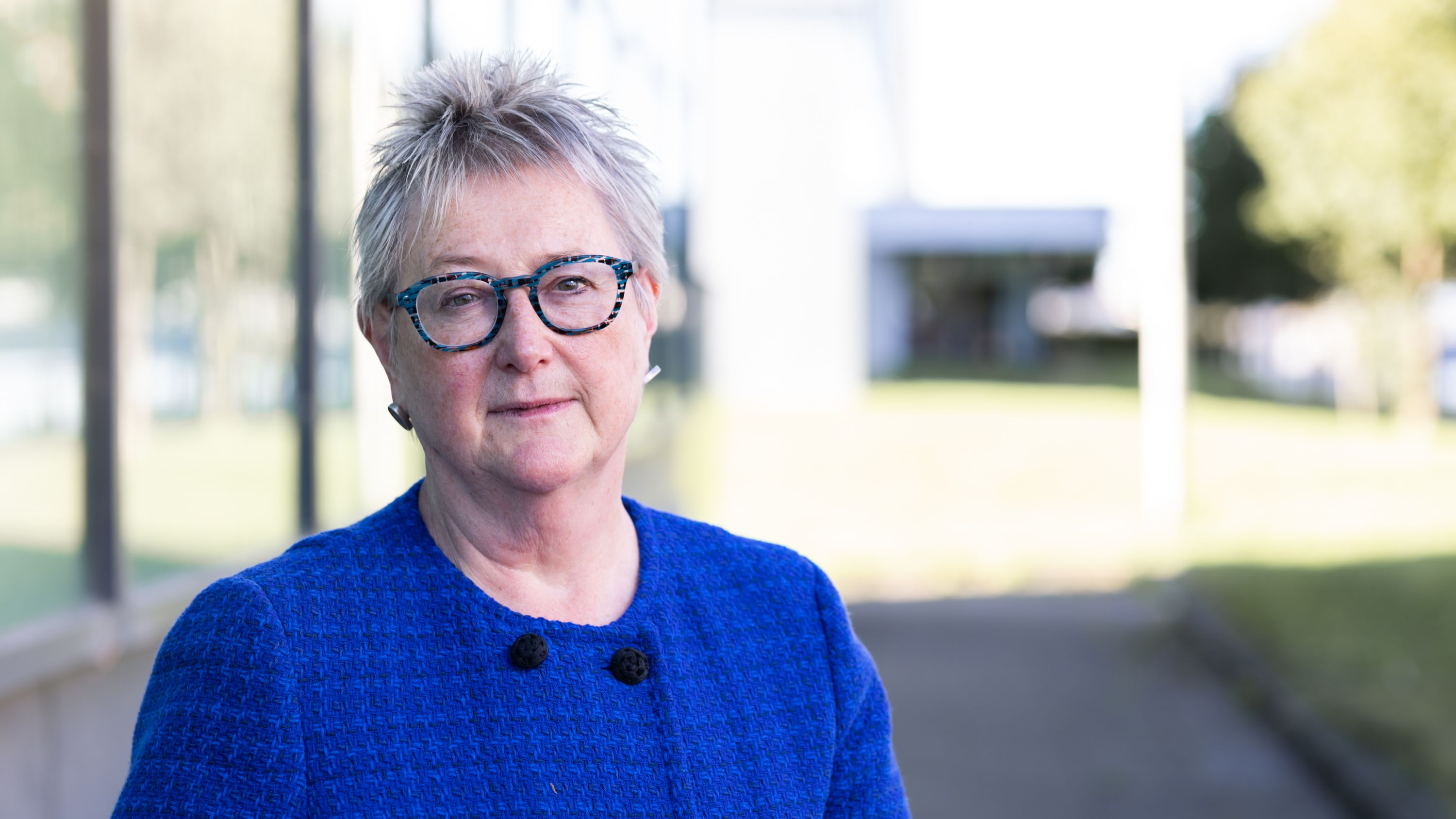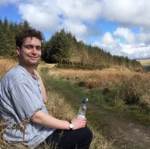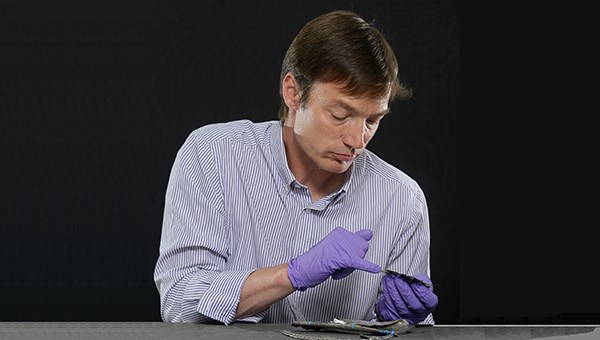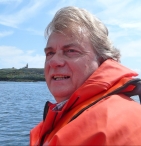Heritage for the Nation.
SAFAP
Scottish Archaeological Finds Allocation Panel (SAFAP)
The SAFAP is an independent panel of heritage experts and lay members responsible for advising the King’s and Lord Treasurer’s Remembrancer (KLTR) to which museum an object should be allocated and on the level of ex gratia award for the finder. The panel usually meets three times a year.
Should two or more museums apply for the same case, the panel also decide to which museum the object should be allocated by considering the case made by each applicant against the criteria in the Code of Practice.
Membership of SAFAP is drawn from a variety of backgrounds in the heritage and archaeology sector. The chair, three professional and one lay member are appointed following advertisement and interview. Other members represent Museums and Galleries Scotland, the National Museums Scotland and Historic Environment Scotland. Their job is to give an impartial perspective, independent of any one museum or institution. Should any SAFAP member come from an institution involved in a case, they will absent themselves from the case under discussion and play no part in the recommendation of the Panel.
Recommendations of SAFAP are passed to the KLTR who ultimately makes the decision on valuation and allocation.
Dates for upcoming SAFAP meetings are below:
2025 dates
Wednesday 2nd September 2025
Wednesday 2nd December 2025
2026 dates
Wednesday 25th March 2026
Wednesday 22nd July 2026
Wednesday 25th November 2026
The Panel
Jane Ryder – Chair of SAFAP
 Jane Ryder was the Chair of Historic Environment Scotland (HES) from 2015 to 2022.
Jane Ryder was the Chair of Historic Environment Scotland (HES) from 2015 to 2022.
A medieval history graduate, she began her career as a solicitor specialising in maritime law. She has particular insight into museums through her subsequent executive experience as Director of the Scottish Museums Council and then as the first Chief Executive of the Office of the Scottish Charity Regulator (OSCR). She has also held numerous non-executive roles, including Board membership of the Marine Management Organisation, Deputy Chair of the Seafish Industry Authority and Board membership of Revenue Scotland. She is currently Vice Chair of the Scottish Police Authority and a Trustee of the William Syson Foundation.
She is an Honorary Fellow of the Society of Antiquaries of Scotland, a Fellow of the Society of Antiquaries, and a Fellow of the Royal Society of Edinburgh. She was awarded an OBE in 2012.
Jacob O’Sullivan – Museum Galleries Scotland representative
 Jacob O’Sullivan is the Museums Galleries Scotland (MGS) representative on the panel. MGS is the National Development Body for the museum sector in Scotland, working collaboratively to invest in and develop a sustainable museum and galleries sector for Scotland, in line with the aims of ‘Going Further: The National Strategy for Scotland’s Museums and Galleries’. As Collections and Engagement Manager, Jacob works with museums across Scotland to support collections management and engagement with collections. Prior to working at MGS, Jacob was Curator of the Large Objects collections at the Highland Folk Museum, Newtonmore. He has also worked with National Museums Northern Ireland and Cregneash Folk Museum in the Isle of Man (where he is from). He studied at Queen’s University Belfast, and the University of Ulster.
Jacob O’Sullivan is the Museums Galleries Scotland (MGS) representative on the panel. MGS is the National Development Body for the museum sector in Scotland, working collaboratively to invest in and develop a sustainable museum and galleries sector for Scotland, in line with the aims of ‘Going Further: The National Strategy for Scotland’s Museums and Galleries’. As Collections and Engagement Manager, Jacob works with museums across Scotland to support collections management and engagement with collections. Prior to working at MGS, Jacob was Curator of the Large Objects collections at the Highland Folk Museum, Newtonmore. He has also worked with National Museums Northern Ireland and Cregneash Folk Museum in the Isle of Man (where he is from). He studied at Queen’s University Belfast, and the University of Ulster.
Rona Walker – Historic Environment Scotland representative
Please check back for updated information
Dr Fraser Hunter – National Museums Scotland representative

Fraser is acting Keeper of Scottish History & Archaeology at National Museums Scotland, a department of specialist curators whose expertise covers material culture of Scotland from around 13,000 BC to the present day His own research focuses on the Iron Age and Roman collections at NMS. Fraser has also led excavations at the hillfort at Traprain Law, and the Iron Age settlements at Birnie and Clarkly Hill.
Dr Mark Hall - professional member
.png) Mark is currently collections officer with Culture Perth & Kinross based at Perth Museum & Art Gallery, where he is primarily responsible for the archaeology collection. His work in that area is currently focused on Perth’s new museum project.
Mark is currently collections officer with Culture Perth & Kinross based at Perth Museum & Art Gallery, where he is primarily responsible for the archaeology collection. His work in that area is currently focused on Perth’s new museum project.
Mark studied at the universities of Sheffield (achieving a PhD) and Leicester and is a member of several professional bodies and interest groups (including the Chartered Institute for Archaeologists, the Societies of Antiquaries in London and Scotland and the European Association of Archaeologists) and has held research fellowships with the Universities of Glasgow, Sheffield and the Highlands & Islands. His research interests focus mainly on medieval material culture, on which he has published widely.
Lay member - Lily Rose Bell
Lily is an experienced scientist and researcher in the fields of earth observation, climate change and AI. She has worked on several boards in academia and the private sector as a key decision maker. Lily brings her experience in digital and process transformation and personal interest in history to this role.
Peter Yeoman - professional member
 Peter Yeoman has worked in Scottish archaeology for more than 40 years, directing major excavations at Edinburgh Castle and on the Isle of May, while also writing a number of books. It was the discovery of the burial of a medieval pilgrim to Compostela at the May monastery which prompted him to write his book on Pilgrimage in Medieval Scotland. Through the 1990’s he was Council Archaeologist for Fife, before joining Historic Scotland where Peter was responsible for developing archaeology and research across the estate of properties in care. He led research programmes which underpinned major interpretation projects at James V’s Renaissance Palace within Stirling Castle, Whithorn Priory, St Vigeans Pictish stones, Iona Abbey, and Edinburgh Castle. He now works freelance, pursuing his own research interests and leading archaeology tours at home and abroad.
Peter Yeoman has worked in Scottish archaeology for more than 40 years, directing major excavations at Edinburgh Castle and on the Isle of May, while also writing a number of books. It was the discovery of the burial of a medieval pilgrim to Compostela at the May monastery which prompted him to write his book on Pilgrimage in Medieval Scotland. Through the 1990’s he was Council Archaeologist for Fife, before joining Historic Scotland where Peter was responsible for developing archaeology and research across the estate of properties in care. He led research programmes which underpinned major interpretation projects at James V’s Renaissance Palace within Stirling Castle, Whithorn Priory, St Vigeans Pictish stones, Iona Abbey, and Edinburgh Castle. He now works freelance, pursuing his own research interests and leading archaeology tours at home and abroad.
His current projects include publishing a Corpus of Pilgrim Badges in Scotland, as well as preparing a review of the Museum Presentation of Early Medieval Carved Stones. Peter is an Associate of the Centre for Environment, Heritage and Policy in the University of Stirling. His most recent publications include a paper in PSAS 146 on A house-shaped shrine in the oldest portrait of St Columba in Cod Sang 555, and a chapter on Pilgrimage Archaeology in the Handbook of Late Medieval Archaeology of Britain (OUP 2018).
Dr Sharon Webb - professional member
Sharon Webb has been working in the museums and heritage sector for more than twenty years, for much of that time as Director and Curator at Kilmartin Museum in Argyll. She brings a wealth of experience running an independent archaeological museum, and working knowledge of Scottish Treasure Trove, as well as her passion and enthusiasm for Scottish archaeology. She has a strong track record of facilitating and leading research in archaeology and history with a focus on the archaeology of Argyll.